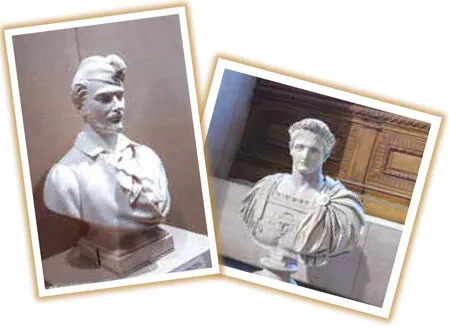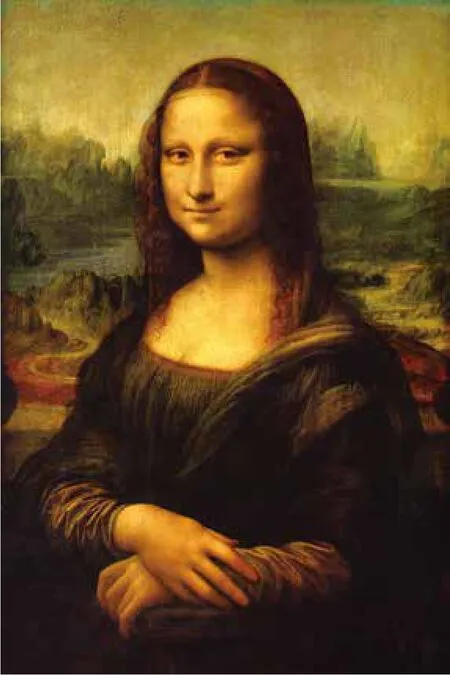The Louvre
2018-09-11徐长卿供稿
徐长卿供稿
翻译:折耳猫
The Louvre is a museum in1)Paris. It is the most popular art museum in the world.
The most famous picture in the Louvre is theMona Lisa注1by Leonardo da Vinci注2. There are also statues inside the Louvre. The most famous statues are the Venus de Milo注3and the Winged Victory of Samothrace注4.
Philip II of France built a2)castle called the Castle of the Louvre. It used to be where the museum is. They used the castle as a3)fortress to4)defend Paris against the Vikings注5. Charles V, King of France turned the castle into a palace. However, Francis I, King of France, knocked it down and built a new palace.
Henry IV, King of France added the Grande Galerie注6to the Louvre. The Grande Galerie is more than a quarter of a mile long and one hundred feet wide. The Grande Galerie was built along the River Seine注7. It was the longest building in the world.

1) Paris ['pærɪs] n. 巴黎
2) castle ['kɑːsl] n. 城堡
3) fortress ['fɔːtrɪs] n. 堡垒,要塞
4) defend [dɪ'fend] v. 保卫,防守
词组加油站
★knock down 拆除
参考译文
罗浮宫博物馆位于巴黎,是世界上最受欢迎的艺术博物馆。
罗浮宫最著名的画作是列奥纳多·达·芬奇的《蒙娜丽莎》,此外宫内还陈列雕塑作品,最著名的是维纳斯和萨莫特拉斯的胜利女神。
法国国王菲利普二世建造了一座名为罗浮宫的城堡。这座城堡便是博物馆的前身。国王把城堡当作防御工事,以抵御维京人的侵略。法国国王查尔斯五世把城堡改造为宫殿。不过,国王弗朗索亚一世却把它推倒重建成一座宫殿。
法国国王亨利四世在罗浮宫外、塞纳河旁加建了大画廊。大画廊的长度超过了0.25英里(约402米),一百英尺宽(约30米),是世界上最长的建筑。


注1:《蒙娜丽莎》,意大利文艺复兴时期画家列奥纳多·达·芬奇创作的绘画作品。
注2:列奥纳多·达·芬奇(1452~1519),欧洲文艺复兴时期的天才科学家、发明家、画家和生物学家。
注3:维纳斯,是一尊著名的古希腊大理石雕像,表现的是希腊神话中爱与美的女神阿佛洛狄忒,对应罗马神话中的维纳斯女神。
注4:萨莫特拉斯的胜利女神,罗浮宫内收藏的一尊著名雕像。在希腊神话中是胜利的化身,在传统的描述中,胜利女神常带有翅膀,身材健美,像从天徜徉而下,衣袂飘然,速度惊人。
注5:北欧海盗
注6:大画廊,建成于1595年至1610年间,原先用于连接罗浮宫和杜勒伊宫(Tuileries)。在拿破仑一世的帝国时代,宫廷建筑师们运用一组组立柱让这个长廊显出韵律美感。法兰西第二帝国时期,大画廊的长度缩短到原先的三分之二。现在,这里陈列的是意大利的绘画作品。
注7:塞纳河,位于法国北部,是欧洲极具历史意义的大河之一。
